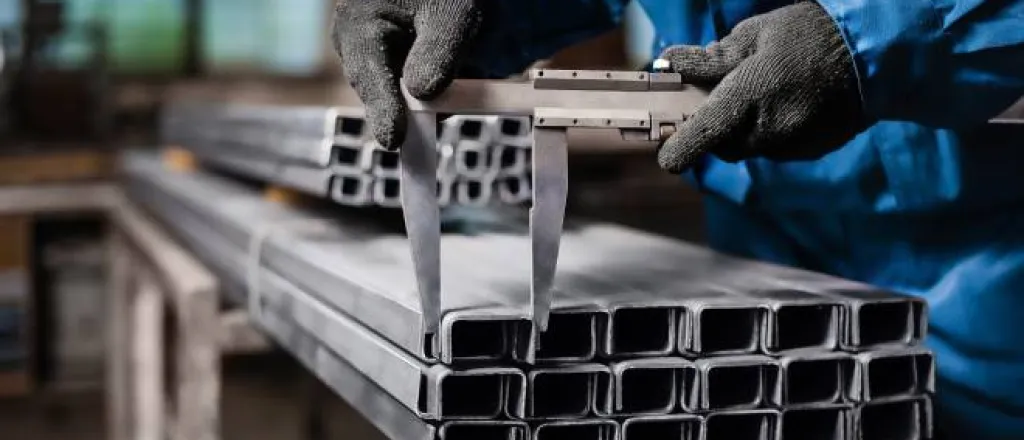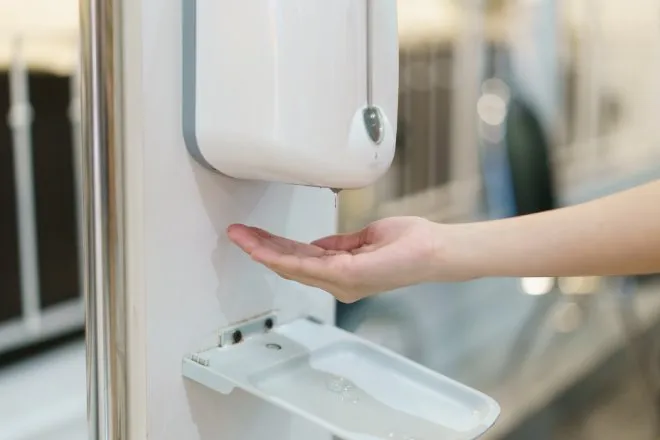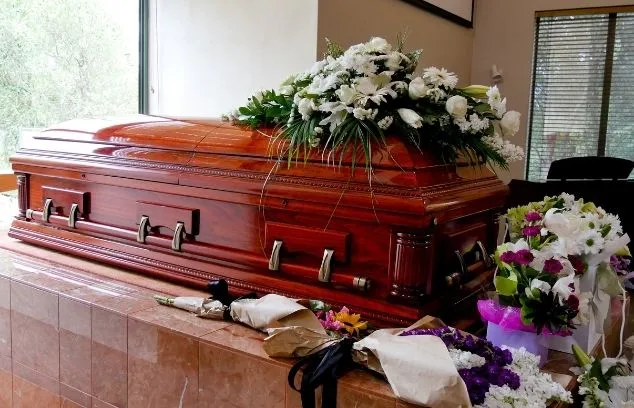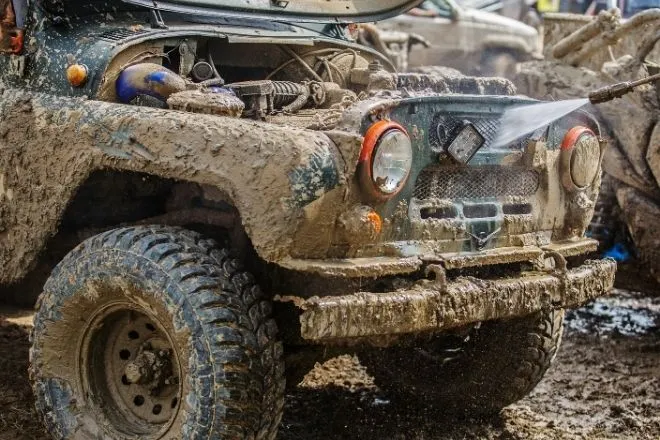
Safety Risks When Working In Metal Fabrication
©
Metal fabrication is at the heart of several industries, powering the production of cars, construction materials, and industrial machinery. While its role is undeniably crucial, the process involves significant safety risks that require attention. Below, we’re exploring a few safety risks when working in metal fabrication, offering insights into how industry professionals can mitigate these hazards to maintain safe working environments.
Managing Heat and Fire Risks
The use of high temperatures and open flames during metal cutting, welding, or bending creates inherent risks of burns and fire. Direct exposure to heated materials causes severe injuries if proper handling procedures are not followed. Sparks generated during grinding or welding can ignite nearby flammable materials and lead to fires.
Workers must make sure safety measures, such as dedicated fire-resistant zones and readily accessible extinguishers, are available to minimize fire risks. Training workers in handling high-heat tools can also reduce burn-related accidents.
The Threat of Welding Fumes
While welding is essential in metal fabrication, it produces toxic fumes that pose significant health risks over time. These fumes, often containing dangerous elements, such as manganese and hexavalent chromium, can lead to respiratory problems and even neurological damage with prolonged exposure.
Workers must operate in a workspace equipped with adequate ventilation systems to minimize the accumulation of fumes. Additionally, using respirators designed for welding work further protects individuals from inhaling hazardous particles.
Machine-Related Hazards
Metal cutting, pressing, and shaping machines are indispensable in fabrication work but come with risks, such as cuts, crush injuries, and amputations, if operated without caution. Improper use of these mechanical tools, failure to maintain them, or neglecting safety features like machine guards can lead to catastrophic outcomes.
Strict adherence to operational protocols is nonnegotiable, as is conducting routine maintenance to ensure machinery operates faultlessly. Proper training on equipment usage can aid in drastically lowering accident rates.
How Ventilation Protects Workers
Poor ventilation remains a silent but dangerous hazard in metal fabrication workshops. Beyond welding fumes, activities, such as grinding and cutting, create fine airborne particles that pose respiratory hazards over time. Ensuring the workplace has a well-designed ventilation system is paramount.
Systems should actively channel out harmful particles and sustain quality air circulation. Workers must also identify when their working environment lacks sufficient ventilation and report the issue to supervisors or safety teams promptly.
Why Professionals Should Never Overlook PPE
Personal protective equipment plays a vital role in safeguarding workers from injuries. Gloves, goggles, heat-resistant aprons, and steel-capped boots act as the last line of defense against accidents. Properly fitting PPE ensures protection from cuts, burns, and impacts without hindering a worker’s ability to perform tasks.
Equally important is regular inspection and timely replacement of worn or damaged equipment to maintain its effectiveness. Employers and safety managers must foster a culture where PPE usage is mandatory and nonnegotiable.
Safety in metal fabrication is not a one-time exercise but an ongoing commitment to minimize risks. By identifying critical hazards, investing in education, and enforcing proper use of protective equipment, businesses can safeguard their employees and their productivity. Make sure your team prioritizes safety in every phase of metal fabrication.

















